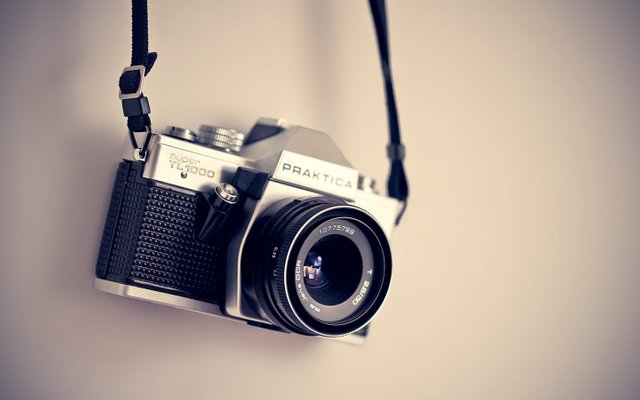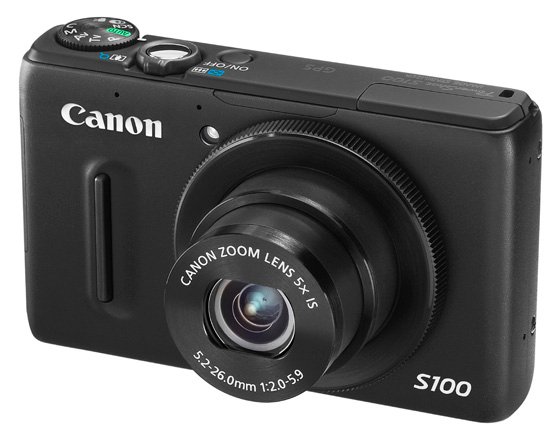CAMERAS - All you need to know and how to choose the BEST one ! 📷

Hey steemers!
With the widespread use of smartphones and their increasingly advanced photo sensors, the photo market has suffered to refocus on itself and offer qualitative references. Smart phones, as sharp as they may be, are now good back-up cameras, but they are limiting when it comes to making large-format prints, accurate touch-ups, or simply grabbing Image in difficult light conditions.
In reality, each device has its limitations, and these are often farther away as the price tag increases. But more than the price, it is above all to identify its needs and to provide an adapted response while enjoying!

The compact
The compact, as the name suggests, is the smallest of cameras. What his name does not indicate, on the other hand, is that it is also the most sold of all! It is also called Digital Camera, and this is a very bad habit since all the others (Bridge, reflex etc.) are also digital cameras. The specificity of the compact is to offer the user a summary of automatic technology, responding to the motto "point & shoot" aim and press! In short, there is nothing else to do but zoom in, then trigger! Small, discreet and light, it is the ideal companion of the photo of every day. It slips into a pocket or bag easily, and can be pulled out very quickly. As you also do not have any adjustments to make, the shooting is much faster! There are recurring problems with this type of camera, such as a built-in flash that creates too white images and ruins portraits, poor rendering of low-light photos, and the inability to manually adjust view.
Advantages
- Space saving
- All automatic
- Beautiful design
- Large rear viewing screen
Disadvantages
- Menus often confused
- Flash integrated incorrectly managed
- Unable to adjust manually
- Poor management of digital noise

The Bridges
A bridge has the automatic functions of a compact, but the general form of a reflex. Therefore, the direct benefits are above all a better optics for beautiful pictures, a powerful zoom, a better management of the digital noise, and the possibility of using manual adjustments. Most bridges have an eyepiece that allows you to aim even when you are in daylight (the screen is generally unreadable), even if you are still far from the quality of the reflexes on that side. On the other hand, the bridge is a more bulky device, and it will require a specific pocket to be able to transport it. On the other hand, big plus, it does not weigh heavily at all, which allows long photo rides without tiring the shoulder or neck. The bridge optics are not interchangeable, which prevents dust from entering the camera. Increasingly, lens manipulation (zooming and focusing) can be done directly on the optics using adjustment rings, which makes handling more pleasant, but increases the volume and the overall weight of the device. The bridge meets the well-known motto: you can not have everything! But they are often compromises of good quality, for a lower cost than a reflex.
Advantages
- optical quality
- wide focal range (large zoom)
- Manual mode available
- Better digital noise management
Disadvantages
- Eye sight a little soft
- Aspect plastic, and fragile set
- Value not always satisfactory
- Large size

The Hybrids
The latest addition to digital cameras, the hybrid (also known as Micro 4/3 or COI) is an intermediate format between compact and reflex. The microphone has a compact camera body on which it is possible to use interchangeable lenses as one does on a reflex. The strength of this technology is therefore to propose to give all the advantages of the compact and its precise automatisms, coupled with the quality optics of a reflex for a better quality photo. However, this technology is still new, and is far from perfect. Noise management is not much better than on reflex cameras which are nevertheless cheaper. On the other hand, the catalog of available lenses is also limited and the smallest accessory costs a fortune (count $200 for an external flash on some models). In short, even if the object is nice and it can actually make beautiful pictures, the price is not always justified and, in the end, a good compact or a good bridge are often better choices.
Advantages
- better optics than a compact interchangeable optics
- Good picture quality in bright light
- Advanced automatic modes
Disadvantages
- Lack of choice of lenses
- High prices
- Digital noise management fairly average
- Very expensive accessories!

Digital SLR cameras
This one is the big brother of digital photography! The DSLR is the modern adaptation of the SLR camera in which we simply "replaced" the photo film for a sensitive sensor. The unique specificity of the reflex is in the mirror in front of the sensor, which reflects light back into the viewfinder. Thus, the user sees directly what passes through the objective (which is not the case on the microscopes of the eyes of the compacts for example), giving a greater ease of use. It also has interchangeable lenses and a larger sensor than any other digital camera. The result of this combination gives high-quality photos, with the ability to play on the depth of field by creating beautiful background blur effects. Another advantage with these devices is that they are fully thought to be used in manual mode. Having a DSLR means that you can save your files in Raw format, which is a raw format and allows you to make better pictures than with a Jpg. On the other hand, the cost of these devices is significantly higher, although we can find bare boxes for less than 300$ at the entry level. Besides each goal will cost between 100 and 300$. Weight and clutter are two other factors that should not be forgotten, and we must add to this the problem of dust. Indeed, since you can change lenses, you will then lay bare the inside of your case. The latter will then take dust that will come to dirty your images! It is therefore necessary regularly to have his camera clean, which implies a small additional cost!
Advantages
- better photo-optical quality interchangeable
- Precise manual mode
- Good ease of use
Disadvantages
- High cost to equip
- Weight and size
- Digital noise management not always at the top
- Accessories quite expensive!

I hope this post was interesting to you and that it could help you make a good decision on buying a camera! :)
Thanks for reading!

This post has been ranked within the top 50 most undervalued posts in the first half of Mar 24. We estimate that this post is undervalued by $2.32 as compared to a scenario in which every voter had an equal say.
See the full rankings and details in The Daily Tribune: Mar 24 - Part I. You can also read about some of our methodology, data analysis and technical details in our initial post.
If you are the author and would prefer not to receive these comments, simply reply "Stop" to this comment.